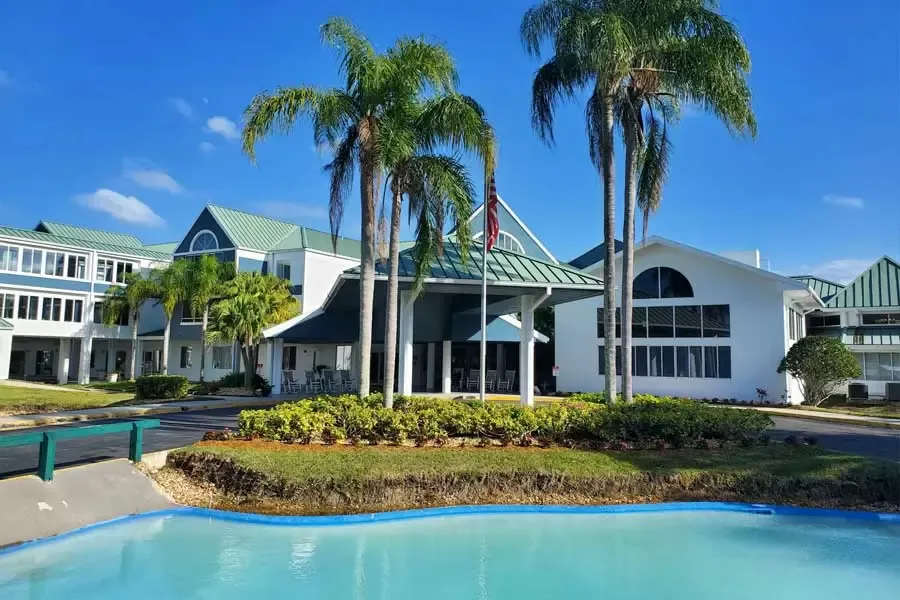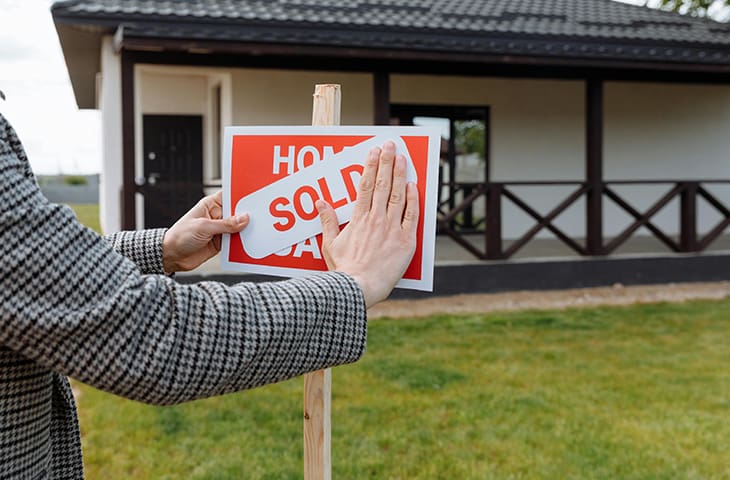Senior Living Operators Explore Dynamic Pricing Models To Boost Sales Flexibility

This story is part of your SHN+ subscription
In 2025, senior living operators are setting rental rates with surgical precision to both attract move-ins and make up care costs.
As the operational cost of providing senior living services remains high, some senior living operators have explored dynamic pricing. In a nutshell, dynamic pricing is a strategy basing prices for products or services on changing market factors including supply and demand, competition and existing inventory.
Dynamic pricing is nothing new in the worlds of hospitality, air travel or e-commerce where businesses adjust prices in real time based on demand, competition, consumer behavior and market conditions.
In senior living, unit pricing relates to the ability of an operator to adjust the price of a desired unit based on availability, demand and location, and some operators are rethinking how to price those units, partly in an effort to make up margins and better respond to local market demand.
“In the distant past, the industry raised street rates once a year,” Atria CEO Holly Belter-Chesser told Senior Housing News. “That’s not at all the environment we live in today.”
Instead, senior living operators including Atria – along with Discovery Senior Living, Sagora Senior Living, Trilogy Health Services and Jaybird Senior Living – are enacting rate increases on a more granular level and taking a unit-by-unit approach that might change from one resident to another. Providers are now thinking differently about their unit pricing models too.
‘Don’t have to reinvent the wheel’
Senior living operators face multiple challenges in reaching today’s new consumers, and as pricing models have evolved, operators have changed sales and marketing tactics.
Louisville, Kentucky-based Atria manages nearly 230 communities, and Belter-Chesser noted that sales and marketing teams evaluate pricing of units “at least” once a month, or weekly, depending on market factors like competition or demand.
But street rates and in-house unit prices aren’t the only place Atria looks to have flexibility on pricing to entice new move-ins. Street rates refer to market rates for new prospects and in-house unit prices refer to monthly fees paid after moving into a community.
Belter-Chesser noted the company has a range of resources available, such as increasing or decreasing care pricing, to drive move-ins. This steers away from long-term price discounting, Belter-Chesser said.
“True revenue management is something that we as an industry don’t have to reinvent the wheel on for seniors housing because there are a number of industries we can pull from including hospitality and so forth,” Belter-Chesser said.
Atria is able to reprice “every single room” regardless of occupancy and is able to re-price units to meet customer needs and expectations, Belter-Chesser said.
Bonita Springs, Florida-based Discovery Senior Living, which operates over 350 communities nationwide, takes a three-pronged approach to unit pricing and revenue optimization, focusing on occupancy, incentives to drive move-ins and rentals rates.
Once communities stabilize at 75% occupancy and above, they are able to roll back incentives and increase rates at 80% occupancy and beyond, according to Discovery Senior Living Senior Vice President of Sales Lou Maranto.
In weighing factors around setting unit prices, Discovery monitors external market competition and internal communities will monitor desired units and adjust pricing accordingly based on location, amenities and accessibility.
“We’ve been doing manual dynamic pricing for years, I’d say pre-2019,” Maranto said, alluding to a future in which business intelligence and market analytics could evolve into a system of automated price adjustments based on demand, seasonality and competition.
Consumer demand can also play a big factor in determining how operators use dynamic pricing. For example, Maranto noted that ground floor units in Florida properties were popular while third floor and higher units were more favorable in New York City.
Why dynamic pricing is ‘hard to bring’ into senior living
Dynamic pricing is often easier said than done in senior living. Although consumers are more willing to accept changing prices when buying airline tickets and hotel cabanas, that may not hold true for care and housing. Prospects also often desire price transparency before they ever contact a community.
This creates an optics challenge for providers to communicate value and explain why prices may be higher for certain units with better views and access to amenity spaces at the community.
“Dynamic pricing is a very hard concept to bring into senior living,” said Trilogy Health Services Vice President of Growth in Senior Housing Sales and Marketing Emily Tucker. “We’ve had to overcome that and equip our sales teams with the talking points so that they’re prepared to have these conversations.”
Trilogy, across its 130 senior living communities, revamped its approach on unit pricing after a third-party consultant reviewed practices and helped change the way the organization thought about revenue management, Tucker added.
Tucker said operators must be able to glean operating performance data from communities in order to make pricing more responsive to market demand and conditions on the ground at the community level.
To get real-time insights, Trilogy sales staff have access to data that shows consumer habits on Trilogy websites in terms of browsing units and pricing which can lead to changes in unit prices if a community notices a “drop off” of traffic once they reach the pricing page, Tucker added.
“We’ve got to watch online behavior,” Tucker said. “If we increase prices and I see leads go down, then we might adjust back because as you are increasing the price, you could be decreasing the months that a resident can stay with you.”
Popularity in unit type, amenities drive dynamic pricing models
Senior living communities have built larger units with more access to amenities in recent years in preparation for the Baby Boomer generation.
These themes of unit type, with larger living areas, walk-in closets and upgraded finishes were all aspects that have caused operators to revamp their pricing strategy to meet the current moment. As larger units become more desired, Tucker said Trilogy is using its remaining studios and 1-bedroom units as an affordable, middle-market option.
But these variances in desirability tend to be market-specific, Sagora Senior Living CEO Bryan McCaleb said. That approach changes depending on the age of a property, McCaleb said, as Sagora adjusts its pricing strategies for older and newer properties.
“You have to be able to sell the units at the rate your product can get,” McCaleb said. “We have multiple people totally focused on driving revenue and what that looks like through managing rates—there has to be a strategy.”
Factors that play into using dynamic pricing include proximity to dining spaces, desired locations within the building including amenities, views from individual units and proximity to management teams, according to Jaybird Senior Living President Justin Wray.
Cedar Rapids, Iowa-based Jaybird Senior Living operates 38 communities, and Wray said the company looks at its unit pricing approach monthly, identifying trends in occupancy and competition in specific markets to fine tune the approach.
“If you have a building that’s sitting at 98% occupancy and above, you should be taking a look at if you have the opportunity to push those rates higher,” Wray said.
Later this year, Maranto said, Discovery will begin piloting an automated pricing system that will allow for changes to unit prices on a weekly basis and change on various market and demand factors.
“Technology is going to fuel this even more and we’re not that far from a time in the future where we literally change pricing by the day as we push the limits of what we can do,” Maranto said. “But central to that is making sure sales teams can adjust and sell it properly so it comes across in the proper manner and isn’t viewed negatively.”
The growth in occupancy at the current moment, bringing communities from 89% occupancy to 98% occupancy and above, will be the greatest challenge senior living sales teams face going forward, according to Tucker.
“We don’t want to sit on inventory too long but also never want to devalue what is available and so I think unit pricing is all about being comfortable with your brand and holding strong at the price point,” Tucker added.
The post Senior Living Operators Explore Dynamic Pricing Models to Boost Sales Flexibility appeared first on Senior Housing News.


